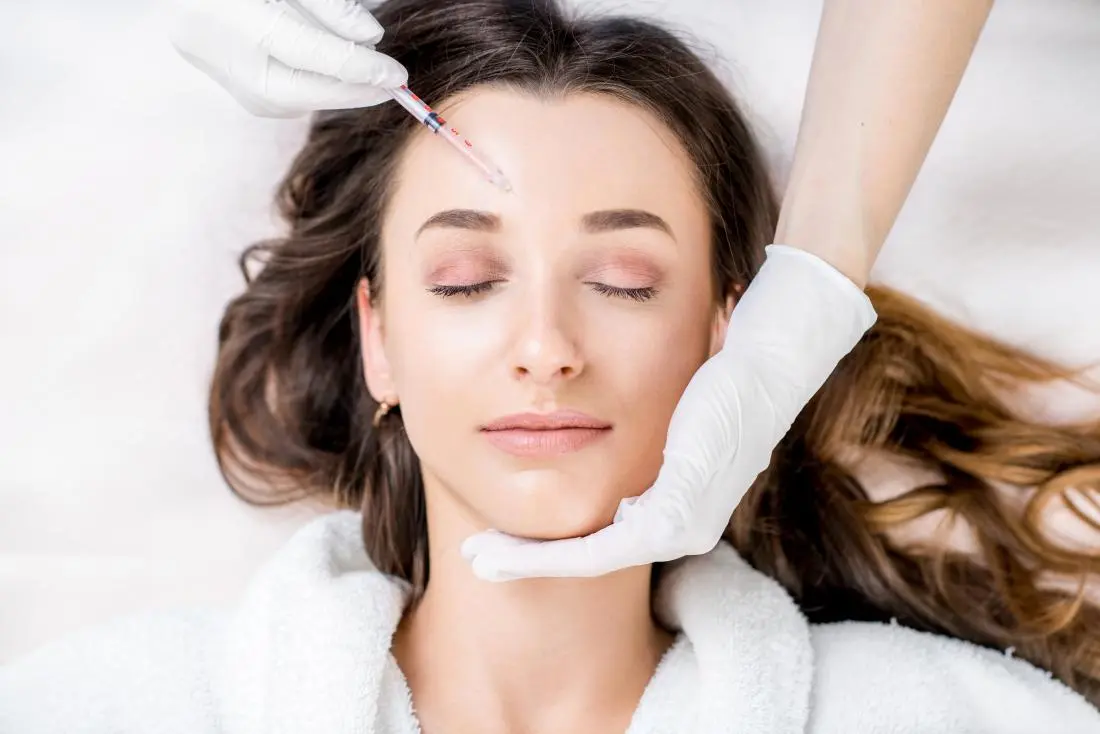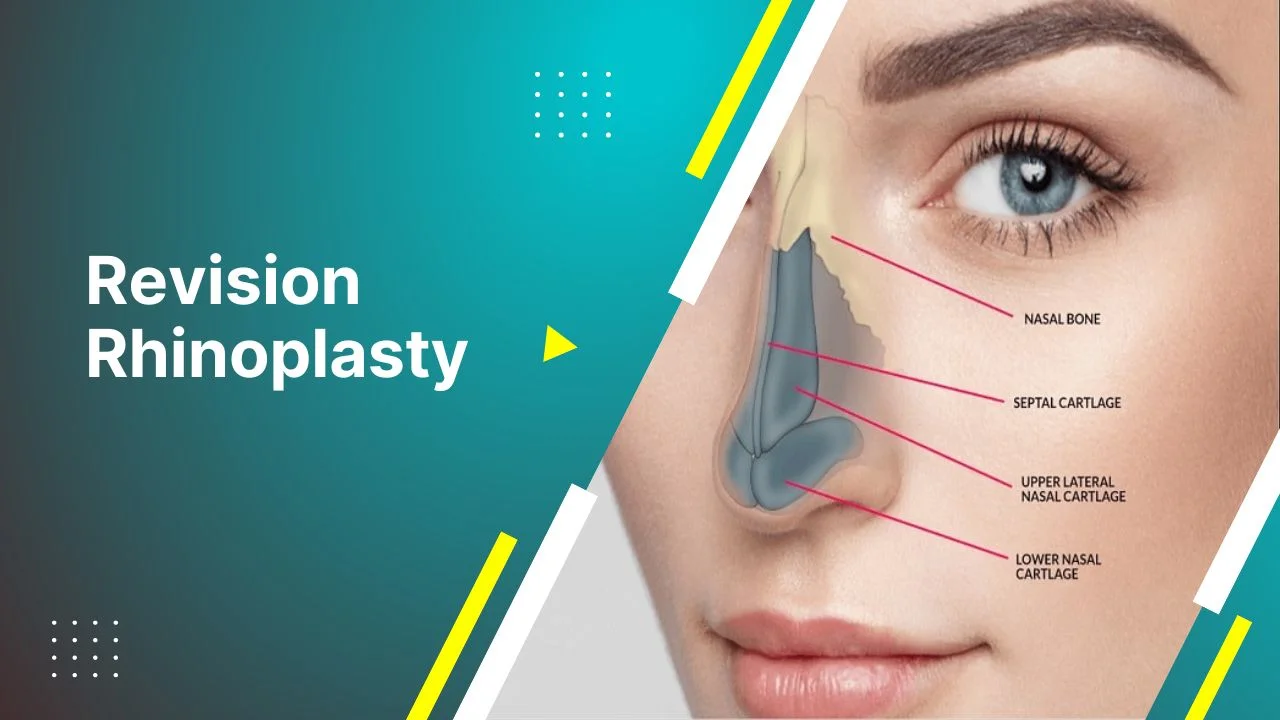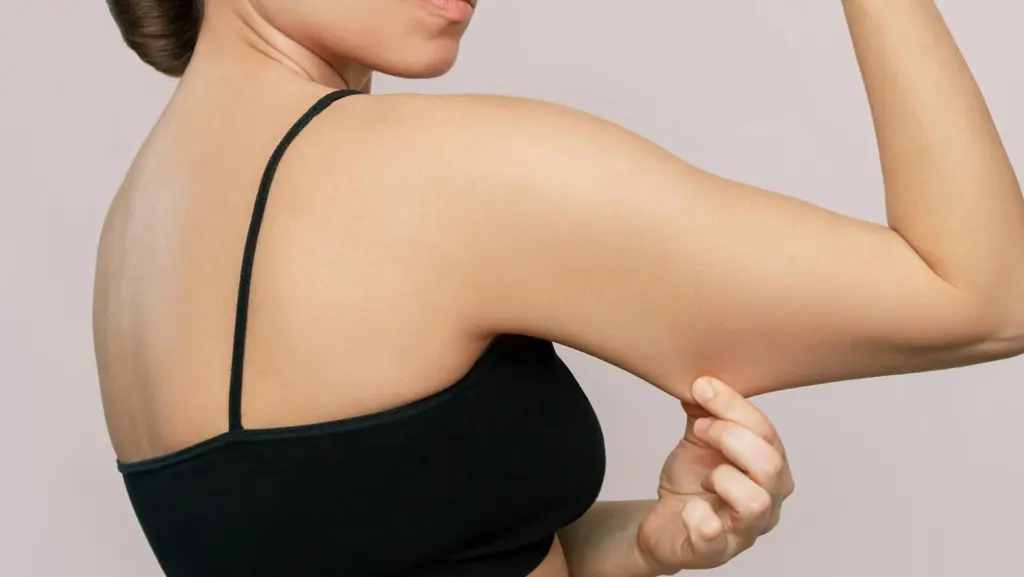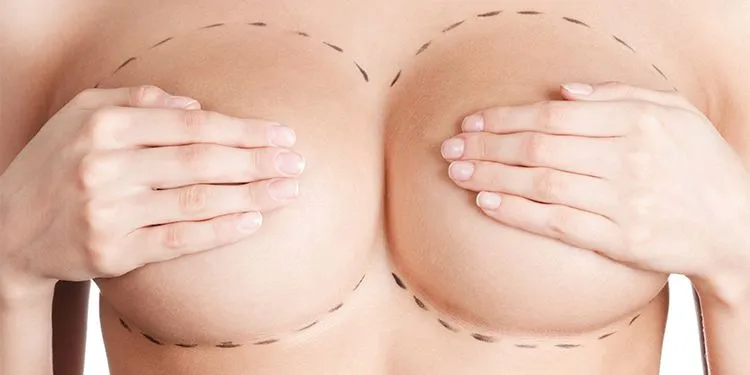In today’s aesthetic world, Botox has become one of the most popular and effective non-surgical treatments for reducing the appearance of fine lines and wrinkles. Known for its quick application, minimal downtime, and natural-looking results, Botox helps individuals maintain a youthful and refreshed appearance without the need for invasive procedures. Whether it’s crow’s feet around the eyes, forehead lines, or frown lines between the eyebrows, Botox works by temporarily relaxing the muscles that cause these creases, resulting in smoother, more radiant skin.
As both a preventive and corrective solution, Botox appeals to a wide range of individuals—from those looking to soften existing lines to those hoping to delay the early signs of aging. Backed by decades of clinical research and FDA approval, it remains a trusted option for patients seeking subtle yet impactful enhancements. In this blog, we’ll explore how Botox works, what to expect during the treatment process, and how it fits into a broader skincare and anti-aging routine. In this blog post wee will introduce to you botox as a Suleyman Ozer
How Botox Works to Reduce Wrinkles
Botox, short for botulinum toxin type A, works by targeting the underlying cause of dynamic wrinkles—repeated muscle contractions from facial expressions such as frowning, squinting, or smiling. When injected into specific facial muscles, Botox temporarily blocks the nerve signals that trigger these contractions. As a result, the muscles relax and the overlying skin appears smoother and less wrinkled. This effect is particularly noticeable in areas like the forehead, between the eyebrows (glabellar lines), and around the eyes (crow’s feet), where expression lines are most prominent.
The treatment is precise and does not affect the surrounding muscles, allowing patients to retain their natural facial expressions while enjoying a more youthful and refreshed appearance. Results typically begin to appear within 3 to 5 days after the procedure, with full effects visible by two weeks and lasting approximately 3 to 4 months. Regular maintenance sessions help preserve results and can even prevent the deepening of lines over time, making Botox a powerful tool in both wrinkle reduction and long-term facial rejuvenation.
Areas Commonly Treated with Botox
Botox is widely used to target several key areas of the face where dynamic wrinkles tend to form due to repeated muscle movements. The most commonly treated regions include the forehead, where horizontal lines develop from raising the eyebrows, and the glabellar area (between the eyebrows), where vertical “frown lines” or “11 lines” appear. Another popular area is the crow’s feet—the fine lines that radiate from the outer corners of the eyes, often caused by squinting or smiling.
Beyond these classic zones, Botox is also effectively used to treat bunny lines on the nose, lip lines (smoker’s lines), and to lift the eyebrows or subtly enhance the jawline and neck (in a treatment called the Nefertiti lift). In some cases, Botox can even be applied for medical purposes such as treating excessive sweating, teeth grinding (bruxism), or migraines. Thanks to its versatility and safety, Botox has become a go-to solution for patients looking to refresh their appearance with targeted, natural-looking results.
Duration and Maintenance of Results
The effects of Botox are not permanent, but they offer a reliable and noticeable improvement that typically lasts between three to four months. Over this period, the treated muscles gradually regain their movement as the nerve signals begin to function normally again. For individuals seeking consistent and long-term wrinkle reduction, regular maintenance sessions are recommended—usually every 3 to 4 months—depending on how quickly the body metabolizes the product and the area treated.
With continued use, many patients notice that their muscles become “trained” to contract less aggressively, which can lead to longer-lasting results over time and potentially reduce the frequency of treatments. Following a proper skincare routine, protecting the skin from sun exposure, and avoiding habits that accelerate aging—such as smoking—can further enhance and extend the benefits of Botox. Staying on schedule with maintenance appointments ensures a smoother, more youthful appearance is preserved without dramatic changes in facial expression.






